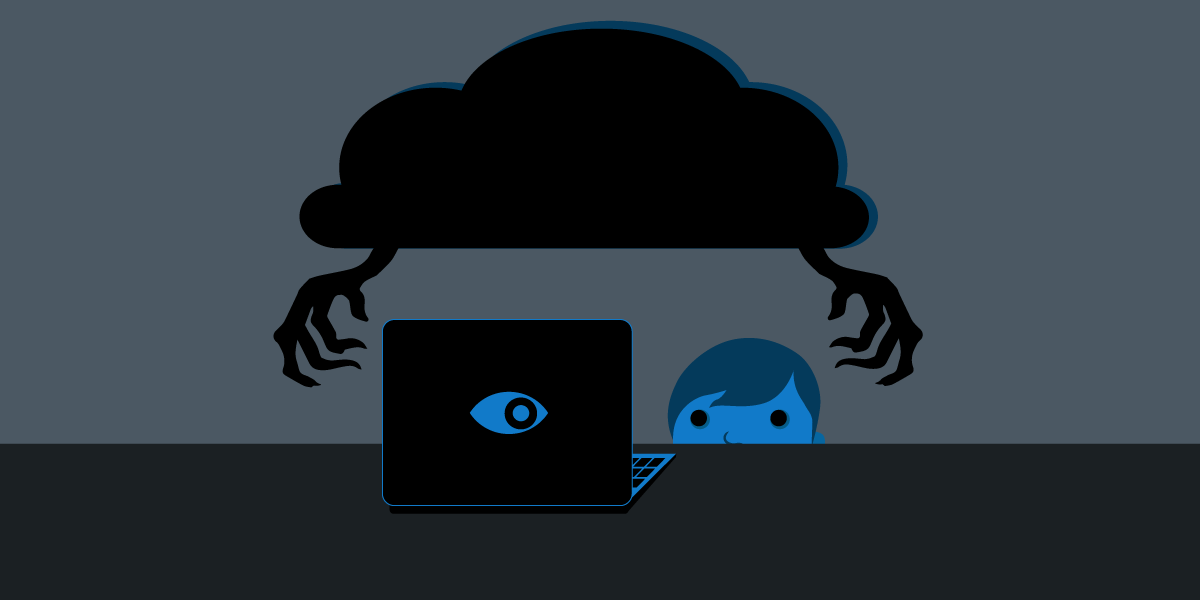An amended version of the Kids Online Safety Act (KOSA) that is being considered this week in the U.S. House is still a dangerous online censorship bill that contains many of the same fundamental problems of a similar version the Senate passed in July. The changes to the House bill do not alter that KOSA will coerce the largest social media platforms into blocking or filtering a variety of entirely legal content, and subject a large portion of users to privacy-invasive age verification. They do bring KOSA closer to becoming law, and put us one step closer to giving government officials dangerous and unconstitutional power over what types of content can be shared and read online.
TELL CONGRESS: OPPOSE THE KIDS ONLINE SAFETY ACT
Reframing the Duty of Care Does Not Change Its Dangerous Outcomes
For years now, digital rights groups, LGBTQ+ organizations, and many others have been critical of KOSA’s “duty of care.” While the language has been modified slightly, this version of KOSA still creates a duty of care and negligence standard of liability that will allow the Federal Trade Commission to sue apps and websites that don’t take measures to “prevent and mitigate” various harms to minors that are vague enough to chill a significant amount of protected speech.
The biggest shift to the duty of care is in the description of the harms that platforms must prevent and mitigate. Among other harms, the previous version of KOSA included anxiety, depression, eating disorders, substance use disorders, and suicidal behaviors, “consistent with evidence-informed medical information.” The new version drops this section and replaces it with the “promotion of inherently dangerous acts that are likely to cause serious bodily harm, serious emotional disturbance, or death.” The bill defines “serious emotional disturbance” as “the presence of a diagnosable mental, behavioral, or emotional disorder in the past year, which resulted in functional impairment that substantially interferes with or limits the minor’s role or functioning in family, school, or community activities.”
Despite the new language, this provision is still broad and vague enough that no platform will have any clear indication about what they must do regarding any given piece of content. Its updated list of harms could still encompass a huge swathe of entirely legal (and helpful) content about everything from abortion access and gender-affirming care to drug use, school shootings, and tackle football. It is still likely to exacerbate the risks of children being harmed online because it will place barriers on their ability to access lawful speech—and important resources—about topics like addiction, eating disorders, and bullying. And it will stifle minors who are trying to find their own supportive communities online.
Kids will, of course, still be able to find harmful content, but the largest platforms—where the most kids are—will face increased liability for letting any discussion about these topics occur. It will be harder for suicide prevention messages to reach kids experiencing acute crises, harder for young people to find sexual health information and gender identity support, and generally, harder for adults who don’t want to risk the privacy- and security-invasion of age verification technology to access that content as well.
As in the past version, enforcement of KOSA is left up to the FTC, and, to some extent, state attorneys general around the country. Whether you agree with them or not on what encompasses a “diagnosable mental, behavioral, or emotional disorder,” the fact remains that KOSA’s flaws are as much about the threat of liability as about the actual enforcement. As long as these definitions remain vague enough that platforms have no clear guidance on what is likely to cross the line, there will be censorship—even if the officials never actually take action.
The previous House version of the bill stated that “A high impact online company shall exercise reasonable care in the creation and implementation of any design feature to prevent and mitigate the following harms to minors.” The new version slightly modifies this to say that such a company “shall create and implement its design features to reasonably prevent and mitigate the following harms to minors.” These language changes are superficial; this section still imposes a standard that requires platforms to filter user-generated content and imposes liability if they fail to do so “reasonably.”
House KOSA Edges Closer to Harmony with Senate Version
Some of the latest amendments to the House version of KOSA bring it closer in line with the Senate version which passed a few months ago (not that this improves the bill).
This version of KOSA lowers the bar, set by the previous House version, that determines which companies would be impacted by KOSA’s duty of care. While the Senate version of KOSA does not have such a limitation (and would affect small and large companies alike), the previous House version created a series of tiers for differently-sized companies. This version has the same set of tiers, but lowers the highest bar from companies earning $2.5 billion in annual revenue, or having 150 million annual users, to companies earning $1 billion in annual revenue, or having 100 million annual users.
This House version also includes the “filter bubble” portion of KOSA which was added to the Senate version a year ago. This requires any “public-facing website, online service, online application, or mobile application that predominantly provides a community forum for user-generated content” to provide users with an algorithm that uses a limited set of information, such as search terms and geolocation, but not search history (for example). This section of KOSA is meant to push users towards a chronological feed. As we’ve said before, there’s nothing wrong with online information being presented chronologically for those who want it. But just as we wouldn’t let politicians rearrange a newspaper in a particular order, we shouldn’t let them rearrange blogs or other websites. It’s a heavy-handed move to stifle the editorial independence of web publishers.
Lastly, the House authors have added language that the bill would have no actual effect on how platforms or courts interpret the law, but which does point directly to the concerns we’ve raised. It states that, “a government entity may not enforce this title or a regulation promulgated under this title based upon a specific viewpoint of any speech, expression, or information protected by the First Amendment to the Constitution that may be made available to a user as a result of the operation of a design feature.” Yet KOSA does just that: the FTC will have the power to force platforms to moderate or block certain types of content based entirely on the views described therein.
TELL CONGRESS: OPPOSE THE KIDS ONLINE SAFETY ACT
KOSA Remains an Unconstitutional Censorship Bill
KOSA remains woefully underinclusive—for example, Google’s search results will not be impacted regardless of what they show young people, but Instagram is on the hook for a broad amount of content—while making it harder for young people in distress to find emotional, mental, and sexual health support. This version does only one important thing—it moves KOSA closer to passing in both houses of Congress, and puts us one step closer to enacting an online censorship regime that will hurt free speech and privacy for everyone.



